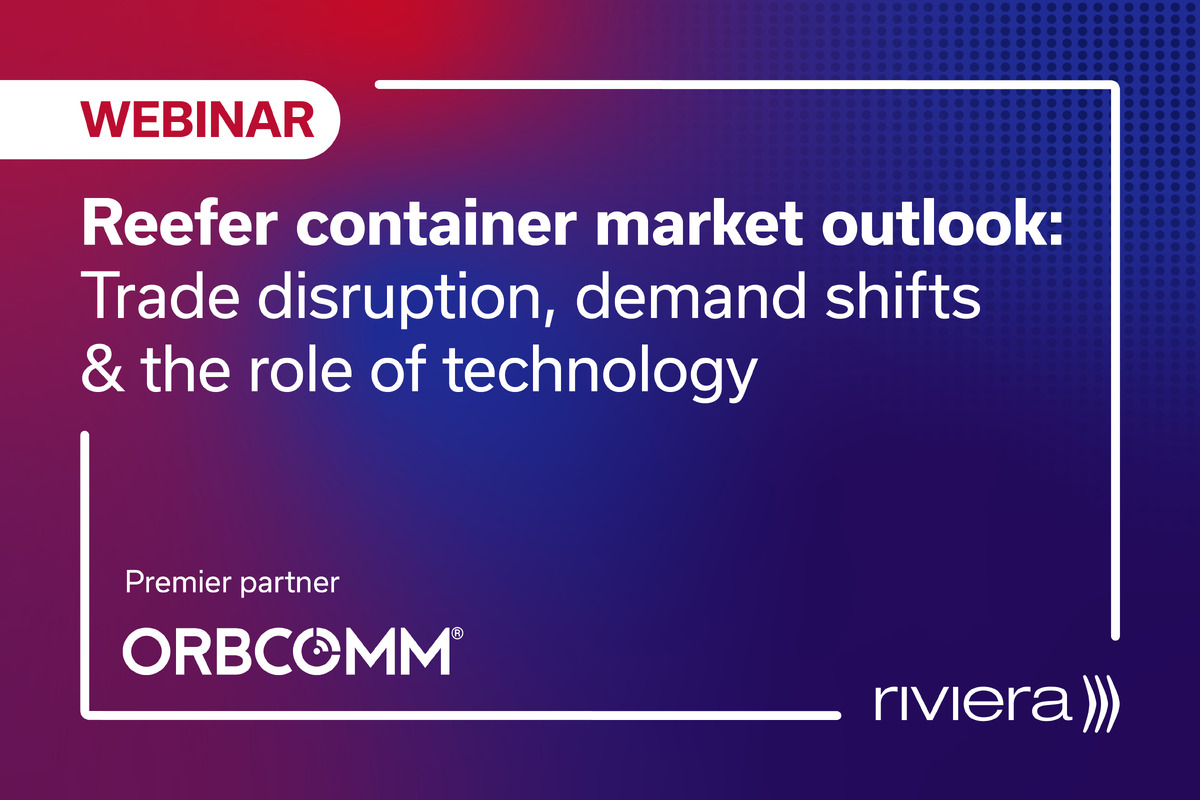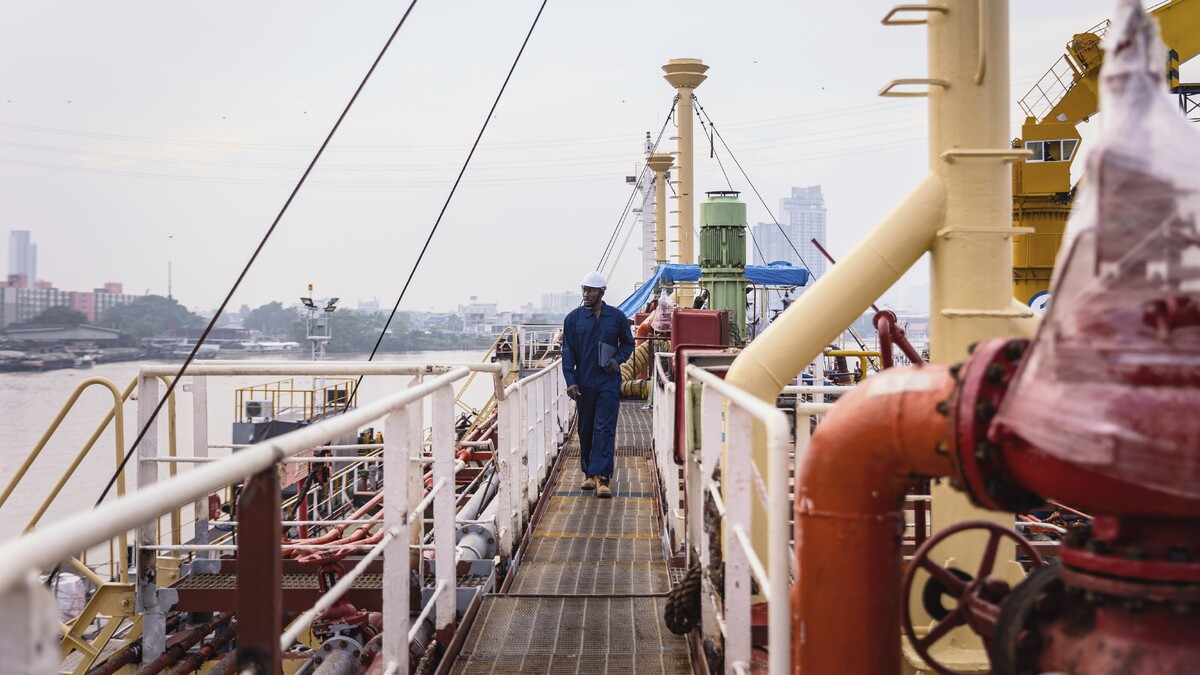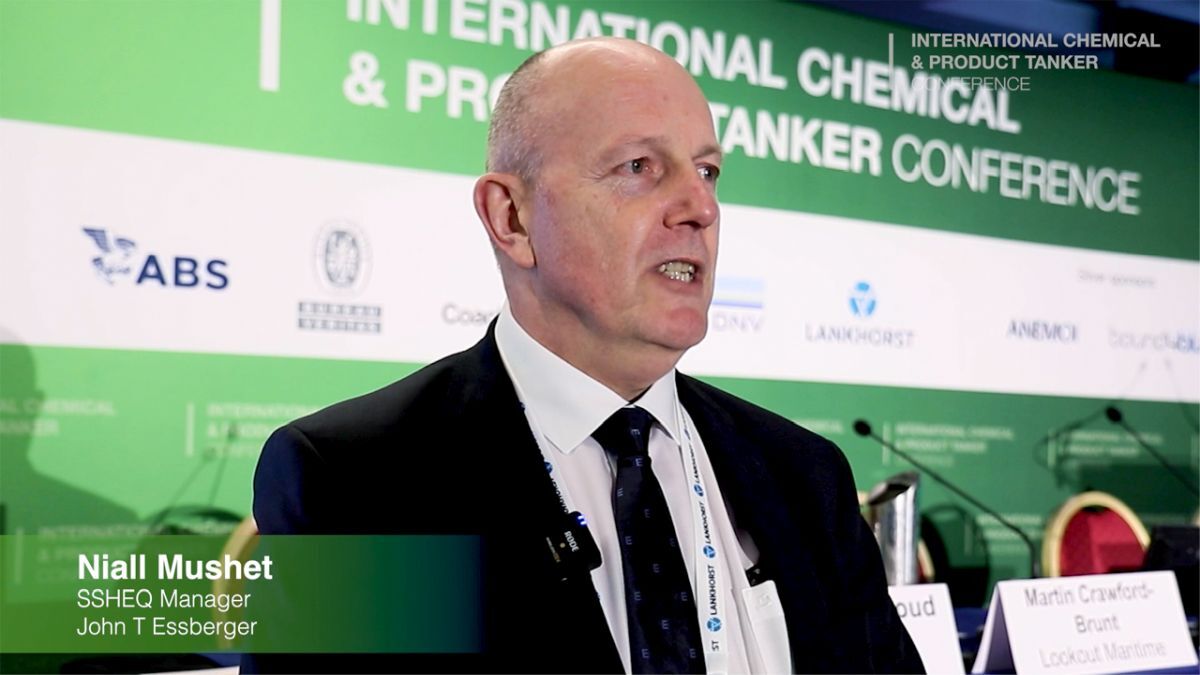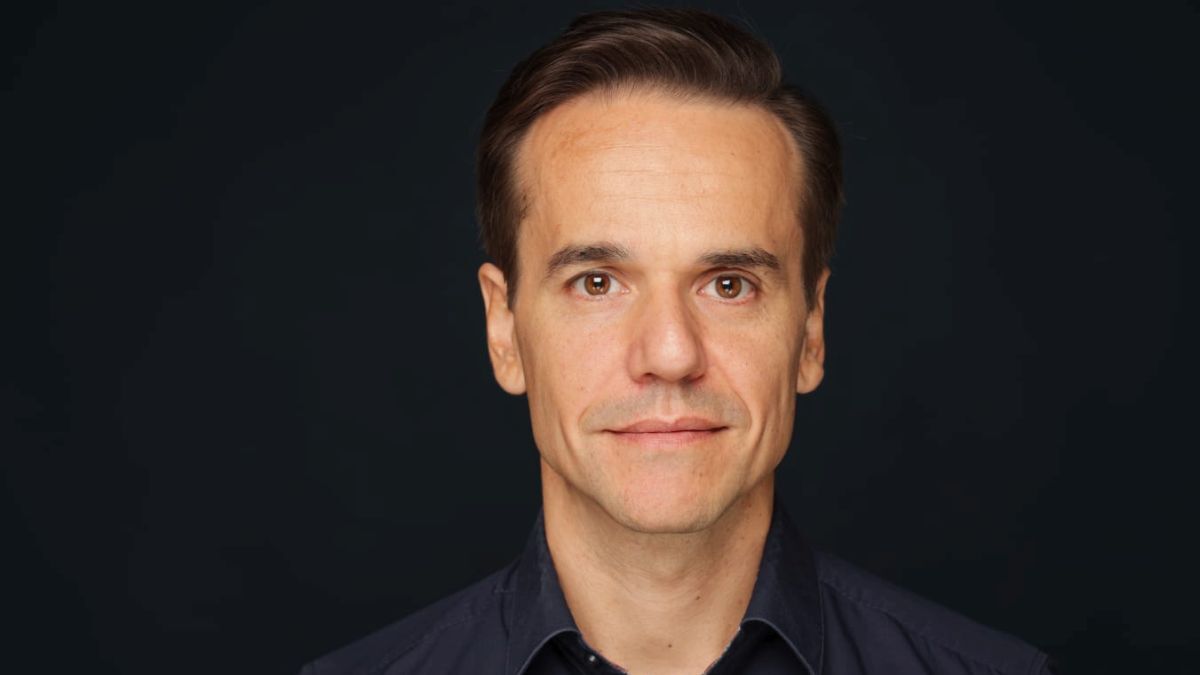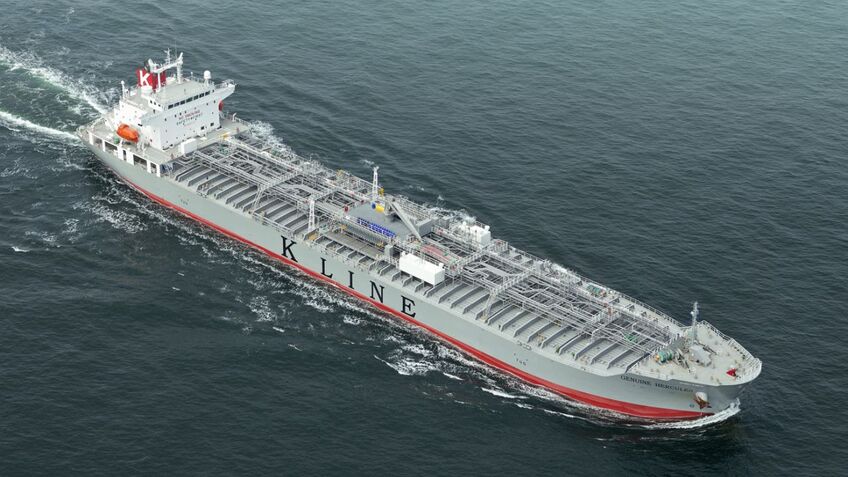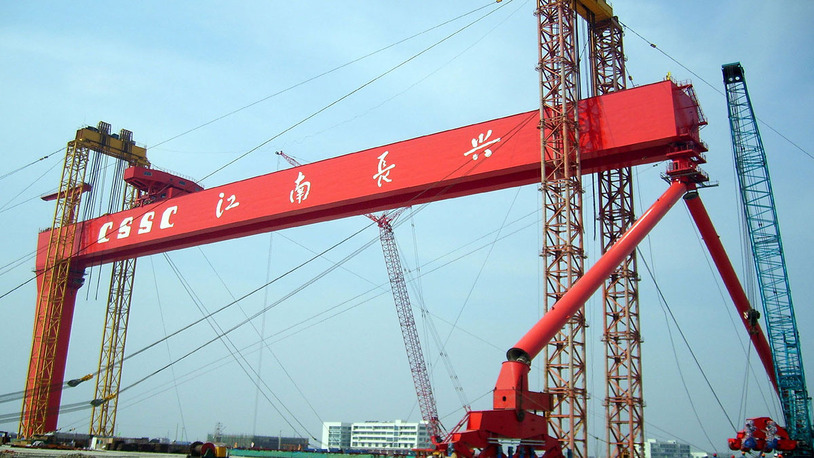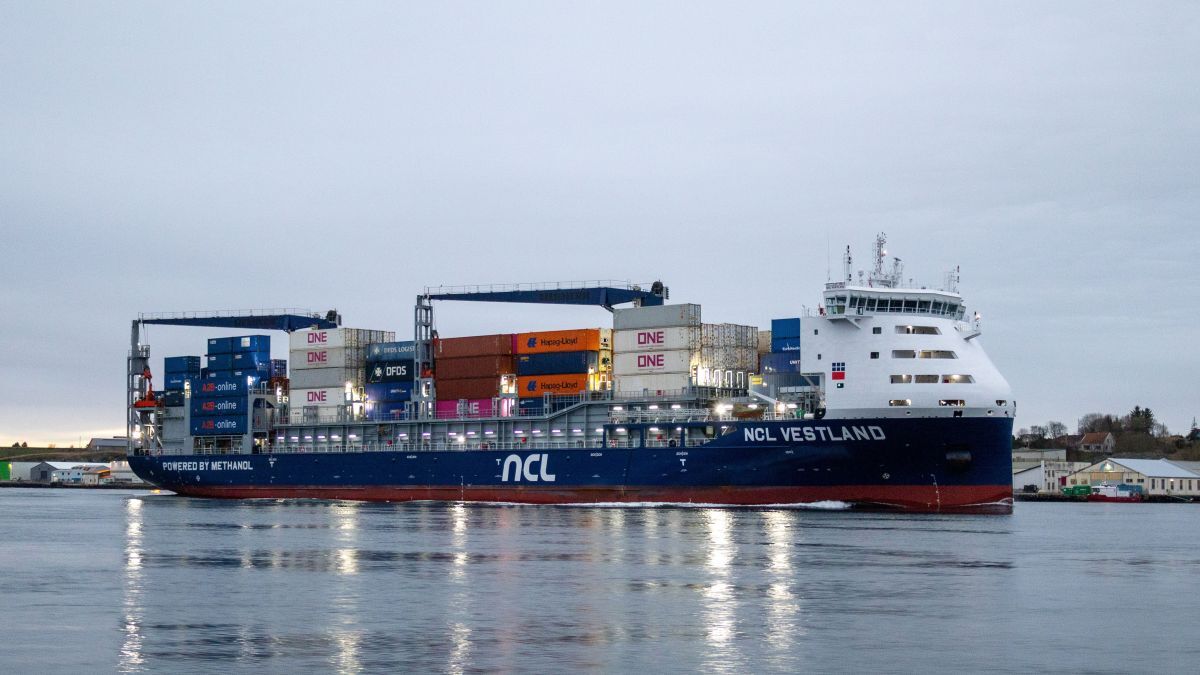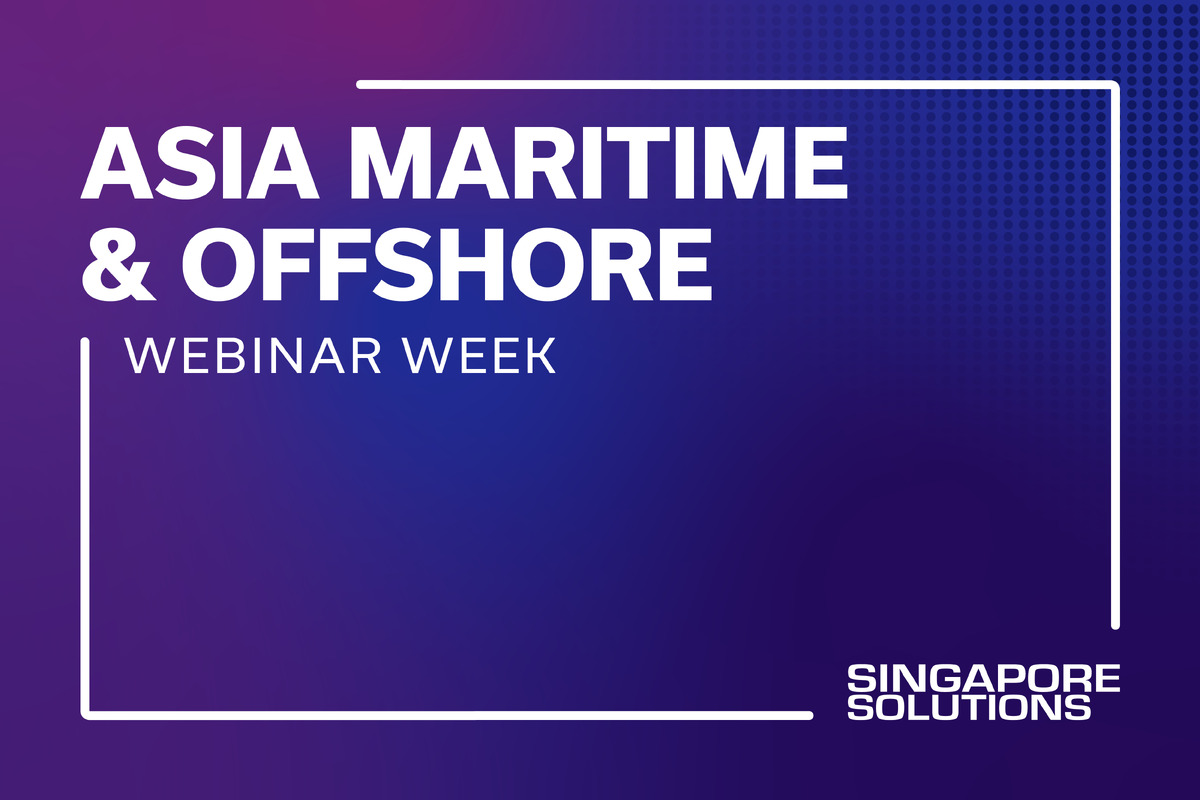Business Sectors
Contents
Container shipping update 2
February
February
• Japanese shipping lines Nippon Yusen Kaisha (NYK Line), Mitsui OSK Lines (MOL) and Kawasaki Kisen Kaisha (K Line) had to depend on their bulk divisions to post a profit in in the third quarter of 2013, after declining freight rates on the east-west container shipping trades drove revenues down and provisions made for multi-billion Yen anti-trust fines on their car-carrying divisions increased their costs.
• The throughput of the 10 largest Chinese container ports increased by 6.1 per cent over the previous year, reaching 146.8 million teu. Shanghai remained the biggest port, with a throughput of 33.6 million teu, representing growth of 3.3 per cent. Globally it was followed by Singapore, which saw volumes rise by 2.9 per cent to reach 32.6 million teu.
• The Suez Canal Authority (SCA) announced that it would increase its toll fees by 2-2.6 per cent on 1 May. 3 per cent in 2012 and 3-5 per cent in 2013, and is estimated to increase the cost of a 13,000 teu transiting the waterway by US$31,000 vessel.
• Japanese line Mitsui OSK Lines (MOL) launched legal action against Mitsubishi Heavy Industries in the Tokyo District Court. The action was for compensation relating to the loss of 8,100 teu MOL Comfort, which sank last year. MOL filed a claim for the cost of having to strengthen the hulls of six sisterships, after inspections by ClassNK found “buckling-type deformations” on their bottom shell plates.
• Greek shipowner Danaos Corp recorded a net profit of US$37.5 million last year, compared with a loss of US$105.2 million in 2012 when it suffered an impairment loss of US$129.6 million on 13 of its older vessels. Chief executive John Coustas said: “This improvement is mainly a result of reduced financing costs.” The company achieved this by using 90 per cent of its free cash flow to reduce debt.
• The Port of Antwerp announced that it was proceeding with discussions with Mediterranean Shipping Co (MSC) about developing a new container terminal in its Deurganck dock area. MSC is Antwerp’s largest box line, with a throughput last year of 4.6 million teu, representing more than half of the port’s total.
• New York-listed container shipowner Global Ship Lease (GSL) reported a net profit of US$32.5 million for 2013 on revenues of US$143.2 million. All of the company’s 17-strong fleet are on charter to French carrier CMA CGM, which has a 45 per cent stake in the company but is also looking to redeliver some of the smaller units.
• Work finally resumed on the Panama Canal expansion project, after the Spanish-led construction consortium and the Government of Panama came to a resolution following a dispute over cost overruns of US$1.6 billion. Work is now not due to be completed until December 2015 at the earliest.
• According to reports from India, PSA International won the tender to develop and operate five berths at the port of Kolkata. Under the terms of the 10-year contract, due to start in December, PSA will install 12 new cranes.
• APM Terminals and infrastructure investment fund Brookfield Asset Management formed a joint venture at APM Terminals’ Port Elizabeth terminal in the Port of New York and New Jersey. Providing regulatory approval is received from the port authority, expected imminently, the joint venture company will be equally owned by Brookfield and APM Terminals.
• Hapag-Lloyd launched a new service between Japan, Singapore and Jakarta in conjunction with Nippon Yusen Kaisha (NYK Line) and Kawasaki Kisen Kaisha (K Line), deploying four 4,200 teu vessels. Hapag-Lloyd is contributing one vessel to the service, which has a port rotation of Tokyo-Yokohama-Nagoya-Kobe-Singapore-Jakarta-Singapore-Ho Chi Minh (Cai Mep)-Tokyo.
• Evergreen Line joined the CKYH Alliance on the trades between Asia and Europe, including the Mediterranean region. The re-named CKYHE Alliance commenced operations in mid-April with six services between Asia and Northern Europe, and four loops dedicated to Asia-Mediterranean.
• Hamburg Süd celebrated the christening of its latest newbuilding, the 9,600 teu Cap San Lorenzo, at the Exolgan Terminal in Buenos Aires, Argentina. This is the fourth Cap San class container ship in a series of six. The vessels have 2,100 reefer slots and are currently the world’s largest container ships for reefer capacity. Cap San Lorenzo came from Hyundai Heavy Industries’ shipyard in Ulsan last July, and had been operating the company’s liner service between Asia, South Africa, and the east coast of South America, but has now joined the Europe-east coast of South America service.
• Maersk Line reported a full-year profit of US$1.5 billion in 2013, compared with the US$461 million profit achieved in 2012. This represented a return on sales of 7.4 per cent, against 2.3 per cent in 2012. However, Maersk’s average freight rate decreased by 7.2 per cent to US$2,674 per feu, while volumes transported were up 4.1 per cent to reach 8.8 million teu. With rates continuing to find themselves under pressure, a key metric for Maersk was its cost reduction policy. It said that unit costs were down 10.6 per cent, mainly as a result of vessel network efficiencies and improved utilisation.
• APM Terminals saw its best ever net profit in 2013, recording US$770 million compared with US$701 million in 2012. Throughput across its global portfolio increased by 3 per cent to 36.3 million teu, while revenues increased from US$4.2 billion to US$4.33 billion.
March
• Kawasaki Kisen Kaisha (K Line) launched a new service between Japan and the Philippines, Vietnam, Singapore and Indonesia. The JASECO-4 deploys four 4,200 teu vessels and offers a port rotation of Tokyo-Yokohama-Nagoya-Kobe-Singapore-Jakarta-Singapore-Ho Chi Minh-Tokyo. The JASECO-5 service operates four 2,500 teu vessels and calls at the following ports: Osaka-Yokkaichi-Nagoya-Shimizu-Tokyo-Yokohama-Kobe-Manila- Ho Chi Minh-Singapore-Manila-Osaka.
• United Arab Shipping Co (UASC) exercised the final option for one additional 18,000 teu vessel and six additional 14,000 teu vessels, bringing the total order to 17 ships. The 17 comprise 11 14,000 teu vessels and six 18,000 teu vessels. The order is with Hyundai Heavy Industries (HHI) in Korea and is the largest in UASC’s history, worth over US$2 billion for all 17 ships. The vessels are scheduled for delivery from late 2014 and in the first half of 2015.
• Seaspan Corp took delivery of the 10,000 teu Hanjin Buddha. The fuel-efficient Saver design was constructed by Jiangsu New Yangzi Shipbuilding and is the first Saver design vessel in the company's operating fleet. It has been placed on a 10-year, fixed-rate time charter with Hanjin Shipping Co. It is the first of three such vessels to be chartered by Seaspan to Hanjin, and takes Seaspan’s operating fleet up to 72 vessels.
• Nippon Yusen Kaisha (NYK Line) and AP Møller-Maersk Group subsidiary MCC Transport launched the Perseus Service, linking Japan, South China and Thailand and deploying three 5,000 teu vessels – one from NYK Line and two from MCC Transport. The port rotation is: Tokyo-Yokohama-Nagoya -Kobe-Hong Kong-Shekou-Laem Chabang-Hong Kong-Xiamen-Tokyo.
• Mitsui OSK Lines (MOL) joined Regional Container Lines’ (RCL’s) RTI service with the contribution of one vessel in its two-vessel weekly service between Thailand and Indonesia. RCL phased out Yantra Bhum and Xetha Bhum, which were previously employed on the service, and replaced them with 2,732 teu Sattha Bhum, while MOL has contributed the second vessel. The port rotation remains: Singapore-Jakarta- Singapore-Laem Chabang-Singapore.
• APM Terminals sold a 29 per cent stake in its Callao facility in Peru to Terminal Investments Limited, the port operator in which Mediterranean Shipping Co (MSC) has a majority stake. MSC is the terminal’s largest existing customer. APM Terminals took control of the Callao facility in July 2011 under a 30-year concession, with Peru’s Unimar Group holding 20 per cent, and is undertaking a US$749 million expansion programme.
• PSA International began construction of its new Turkish hub at the port of Mersin. Mersin International Port aims to become the main hub in the eastern Mediterranean, able to handle the largest vessels currently afloat, after a US$160 million first phase investment which will see its handling capacity increase to 2.6 million teu.
• PSA International handled 61.81 million teu last year, a 2.9 per cent increase over 2012. Its terminals in Singapore handled 32.24 million teu, showing a growth of 3.1 per cent, while international growth was 6.3 per cent. Group revenue rose by 3.3 per cent and net profit for the year increased by 13.4 per cent to S$1.43 billion (US$1.14 billion).
• Hong Kong-based Orient Overseas (International) (OOIL) saw its net profit drop by 84 per cent in 2013 to US$47 million, although its insulation from the Asia-Europe trade kept it in the black. Asia-Europe represents 16 per cent of the carrier’s total throughput, compared with 54 per cent for intra-Asia and intra-Australasia, and 23 per cent on the transpacific. Throughput increased by 1.5 per cent to 5.3 million teu, but revenue declined 4 per cent to US$6.2 billion.
• Hapag-Lloyd reported a €97.4 million loss in 2013. Revenue slipped from €6.8 billion in 2012 to €6.6 billion, with average freight rates falling to US$1,482 per teu from US$1,581 in 2012. Transported volumes increased to 5.5 million teu from 5.25 million teu, while in the Asia-Europe trade it carried 9 per cent more containers.
• CMA CGM saw volumes grow by 7.5 per cent last year to 11.4 million teu, against a market growth of around 3 per cent. Revenues were static at US$15.9 billion as a result of a 7.1 per cent drop in average revenue per teu. However, a 5.3 per cent cost reduction per teu, combined with the US$301 million sale of a 49 per cent stake in its Terminal Link subsidiary to China Merchants Holdings (International) Co, helped it deliver a US$408 million net profit.
April
• Filipino port operator International Container Terminal Services (ICTSI) won the concession to build and operate the third container terminal at the Australian port of Melbourne. Its Victoria International Container Terminal (VICTL) subsidiary, which it set up in co-operation with Australian company Anglo Ports run by former P&O Ports head Richard Setchell, was awarded the right to run the facility until 2040 by the Port of Melbourne Corporation. The terminal’s first phase is scheduled to enter operation at the beginning of 2017 with one 330m berth capable of handling 8,000 teu vessels and an annual estimated capacity of 350,000 teu.
• CMA CGM announced the launch of its new Khulu service between the US Gulf and southern Africa, which saw its first sailing, with Grey Fox, departing Houston at the beginning of May. The port rotation is: Houston-Walvis Bay-Cape Town-Durban-Maputo-Richards Bay-Houston, and there are inland connections to Zimbabwe, Zambia, Botswana, Lesotho and Swaziland through Durban.
• Cosco Container Lines Co (Coscon) christened its latest 13,386 teu container ship, Cosco Italy, at Nantong Cosco KHI Ship Engineering. This is the sixth of a series of eight vessels being built for Coscon by Nantong. It will be deployed on the CKYHE North Europe Express Service 3.
• Evergreen Line expanded and adjusted the port rotations of its Far East-Red Sea Service (FRS) in advance of the coming peak season, and launched a new feeder loop. An eighth ship has been deployed on the FRS service to add a new call at Aden. The new port rotation is: Shanghai-Ningbo-Taipei-Xiamen-Shekou-Tanjung Pelepas-Singapore-Aden-Jeddah-Sokhna-
Aqaba-Jeddah-Singapore-Yantian-Shanghai. The IRS feeder service deploys one 1,500 teu vessel and also sees a slot exchange arrangement with X-Press Feeders, which has added calls to Hodeidah and Djibouti via transshipment in Jeddah.
• Maersk’s intra-Europe subsidiary Seago Line launched a new weekly service between the UK’s Port of Tyne to Russia’s Baltic gateway of St Petersburg. The eight-day transit includes a call at the German transshipment hub of Bremerhaven.
• NYK Line concluded time charter agreements for eight new 14,000 teu ULCVs. The vessels will be built at the Kure shipyard of Japan Marine United Corp and will be delivered from February 2016 through to January 2018. After delivery they will operate on the Asia-Europe trade and replace existing ships, including four 13,000 teu vessels currently chartered from Orient Overseas Container Line (OOCL).
• Mediterranean Shipping Co (MSC) launched a dedicated Africa Express service between Asia and West Africa. All MSC volumes that were previously moved via Mediterranean transshipment hubs are now shipped directly to West Africa, with improved transit times. The service employs 10 4,000 teu vessels and has a port rotation of Nansha-Chiwan-Singapore-Port Louis-Tincan Island-Lagos-San Pedro-Abidjan-Coega-Colombo-Singapore-Nansha.
• United Arab Shipping Co (UASC) announced its new Asia–North Europe network with three new services (AEC1, AEC3 and AEC4) and two enhanced services (AEC8 and AEC9). These are being operated through a vessel sharing agreement with China Shipping Container Lines Co (CSCL) and slot exchange arrangements with Hanjin Shipping Co and Evergreen Line.
• The AEC1 service deploys 10 8,500-9,500 teu vessels and has a port rotation of Qingdao-Shanghai-Ningbo-Yantian-Port Kelang-Felixstowe-Hamburg-Rotterdam-Zeebrugge-Port Kelang-Nansha-Qingdao.
• The AEC3 service deploys 10 14,000 teu vessels with the following rotation: Shanghai-Ningbo-
Shekou-Tanjung Pelepas-Piraeus-Rotterdam-Felixstowe-Hamburg-Rotterdam-Piraeus-Tanjung Pelepas-Kaohsiung-Shanghai.
• The AEC4 service deploys 10 8,000-10,000 teu vessels and calls at Xiamen-Nansha-Hong Kong-Yantian-Singapore-Hamburg-Rotterdam-Felixstowe-Antwerp-Xiamen.
• The AEC8 service deploys 11 13,500-14,000 teu vessels and calls at: Ningbo-Shanghai-Hong Kong-Yantian-Port Kelang-Port Said East-Rotterdam-Hamburg-Antwerp-Le Havre-Jeddah-Khor Fakkan-Jebel Ali-Port Kelang-Shekou-Ningbo.
• The AEC9 service deploys 11 13,000 teu vessels and calls at: Qingdao-Kwangyang-Pusan-Shanghai-Yantian-Singapore-Algeciras-Hamburg-Rotterdam-Le Havre-Algeciras-Singapore-Yantian-Qingdao.
• CMA CGM upgraded its fixed-day weekly service between North Europe and the Caribbean and Central America by extending the scope of its ECS service and merging it with a Baltic feeder loop to include direct calls in St Petersburg and Tallinn. The re-configured service deploys eight vessels and has the following schedule: Rotterdam-Hamburg-Tallinn-St Petersburg-Hamburg-Rotterdam-Antwerp-Le Havre-Kingston-Cartagena-Santo Tomás de Castilla-Puerto Cortés-Puerto Moin-Kingston-Rotterdam.
• United Arab Shipping Co (UASC) launched a new Asia-Mediterranean service. The AMC2 was designed to fit with the carrier’s existing AMC1 service and offers direct calls from Pusan to Italy and Spain and wider coverage from South China. This complements the direct calls from Yantian, Hong Kong, and Nansha on the AMC1 service. The AMC2 also offers a wider selection of common feeders across south east Asia via Singapore as the transshipment hub, and a faster transit time from the western Mediterranean to Asia.
• London Gateway secured its first deepsea east-west service following the G6 Alliance’s decision to include the port in the European rotation of its transatlantic PA2 service. The first sailing was by Margrit Rickmers, chartered by Singapore-based alliance partner APL. CST
Related to this Story
Events
Reefer container market outlook: Trade disruption, demand shifts & the role of technology
Asia Maritime & Offshore Webinar Week 2025
Marine Lubricants Webinar Week 2025
CO2 Shipping & Terminals Conference 2025
© 2024 Riviera Maritime Media Ltd.
